The difference between rations Tea and High-end Tea Cup testing process method and course of High-quality Special Black Tea
Drinking selected tea is an adventure in taste, origin, aroma and so on. The best way to understand the complexity of high-quality tea is to pass a cup test.
Whether you are a coffee shop owner who wants to improve the menu or a tea lover who wants to know more about your favorite drink, learning how to test a cup is a valuable experience.
To learn more about the basic process of making tea, we contacted Nathan Nathan Johnston, a coffee and tea expert of Australian Tea Master (Australian tea Masters) and founder of Australian cartel roasting company (Cartel Roasters).
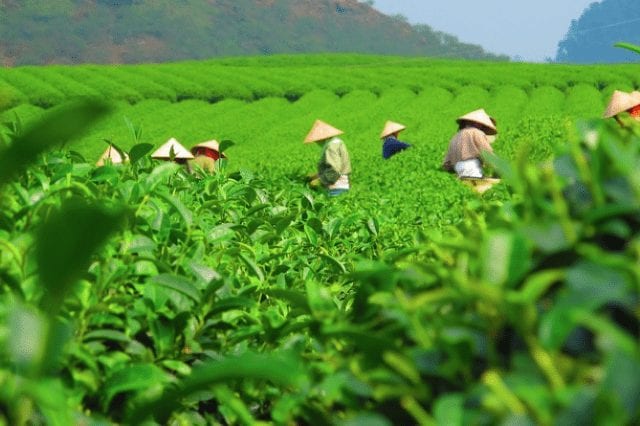
What is a cup test?
Cup test is a method for industry experts to measure the quality of tea and determine the flavor characteristics. This helps them to ensure that the products meet the standards of consumer satisfaction, while also identifying the samples with the highest quality or the most unique taste.
This process begins with the analysis of dry samples, followed by impregnation and sampling. Note many attributes, from the aroma of the tea to the taste and the texture and structure of the tea.
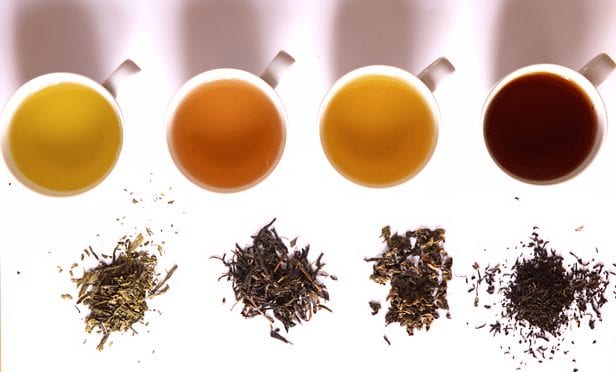
Making tea is not just a skill: it is also an art and science that helps set, set and maintain tea standards and ensure consumer satisfaction, Nathan said.
This is an important link in the production and sale of tea, because the quality and flavor of tea have changed greatly. Nathan stressed that just like coffee, the quality of the same tea varies in different farms, regions and countries.
Some tea parties are more fruity, while others are more floral. Complex teas have subtle, complex nuances that are imperceptible by name alone.
More importantly, the flavor characteristics of tea will change with temperature and even time. The cup testing process can help professionals draw this picture and give them an in-depth understanding of how the taste of the sample evolves and matures.
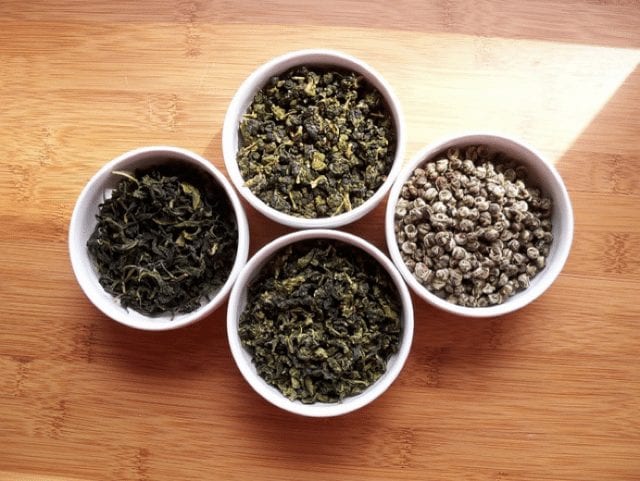
How to test tea cups?
Now that you know what the tea cup test is, it's time to see how to do the tea cup test. Unlike the coffee industry, the Professional Coffee Association (Specialty coffee Association) and the Coffee quality Association (coffee Quality Institute) have developed guidelines and standards; there is no standard method for teacup testing. However, there are several widely used and accepted practices.
1. Observe
Nathan explained that making tea should start with visual observation. You need to analyze the quality, color, size and texture of the leaves. He gave me an example of Keemun Black Tea: tea should be dark brown and twisted. Twist facilitates the process of wilting, wilting, or oxidation. It yellowes the leaves and adds special aroma and flavor. Different kinds of tea will have different degrees of oxidation, and black tea has the highest degree of oxidation.
On the other hand, old or faded leaves tend to make tea of lower quality. Professionals should pay attention to these in the sample.
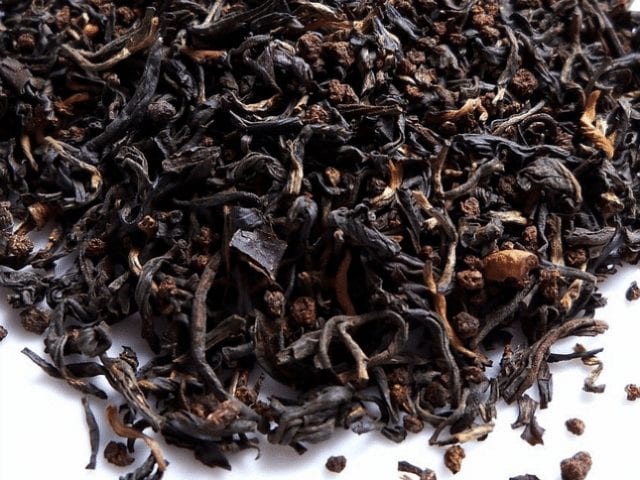
two。 Soak
When making tea samples, it is best to use pure oxygen water. Nathan stressed the importance of removing pollutants and minerals, while also introducing oxygen. This will ensure a clean taste, because even the freshest water contains minerals, which can affect the taste.
He suggested that cup testers directly pour more than 2 grams of tea with 8 ounces / 227 milliliters of boiling water. He also warned against excessive immersion. Too much acid produced by excessive extraction can cause bitterness in the whole cup. Therefore, time is very important.
It is important to keep in mind that consumers make tea at different temperatures and soaking times. In general, the darker the tea, the longer the soaking time, the higher the temperature. On the other hand, green tea and white tea are more delicate and need low temperature.
But whatever your parameters are, Nathan told me the most important thing is to be consistent. This will make sure that what you taste is different, not what you brew.
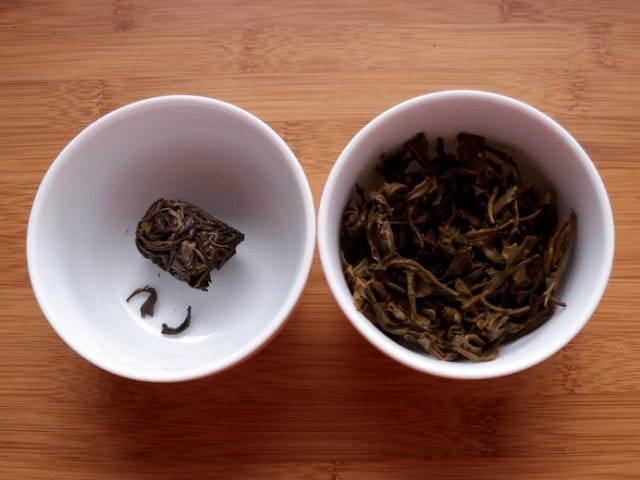
3. Sensory evaluation
Now that the tea is ready, it's time for the most exciting part: sensory evaluation! First of all, we should pay attention to the color, depth and brightness of the tea. High-quality tea will give freshly brewed tea a rich and bold hue. Bright-rather than dull-is also often appreciated.
On the other hand, withered leaves are often inconsistent, producing a weaker, lighter, more changeable flavor.
If you look at the tea that has been soaked, you can understand the quality of your cup test: high-quality tea tends to have soft leaves after soaking.
Next, smell the aroma of tea. What tonality can you detect?
Finally, it's time to taste it. Pay attention to the thickness and refreshing degree of alcohol. Both words refer to taste, but they are slightly different. Nathan explained that refreshing refers to the effect of the tea in your mouth and the aftertaste. A "lively" tea can be described as refreshing; a lack of freshness may mean that the tea is stale.
What can you smell? The more tea you drink, the easier it is to recognize different notes.
Remember to record your observations. There is no formal teacup meter. However, if you drink a lot of tea and want to compare them, you can download an unofficial one or create your own.
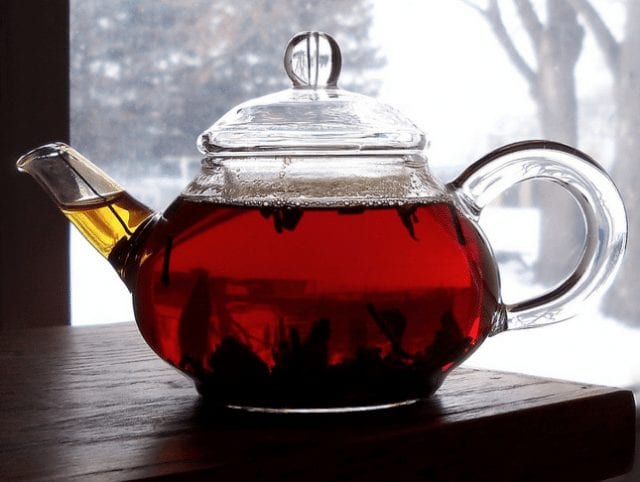
The world of tea is vast. From delicate floral aromas to lively and bold flavors, there are many flavors, origins and tea types to explore. What better way to explore tea than a cup test?
Important Notice :
前街咖啡 FrontStreet Coffee has moved to new addredd:
FrontStreet Coffee Address: 315,Donghua East Road,GuangZhou
Tel:020 38364473
- Prev
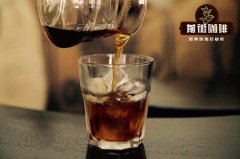
What does it take to be a barista? What does the barista do besides making coffee?
Professional coffee knowledge exchange more coffee bean information please follow the coffee workshop (Wechat official account cafe_style) late at night browse moments, always brush to those lovely coffee people around the soul torture: what is the mysterious force that controls me to wash cups all the time? The point is that even if I can't finish it, I still feel very happy! I guess everyone will be right
- Next
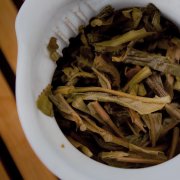
What is the difference between black tea, oolong tea, green tea, white tea, yellow tea and Pu'er tea?
According to Mary Lew and Robert J. Hayes in the Tea enthusiast's Handbook: the World's Best Guide to Tea, there are more than 20,000 different kinds of tea in the world. But if you are interested in learning about specialty teas, you can start with the following six teas. So make your own cup and get ready to learn the difference between matcha, oolong tea and English breakfast. Six major types of tea, however, before you open
Related
- Beginners will see the "Coffee pull flower" guide!
- What is the difference between ice blog purified milk and ordinary milk coffee?
- Why is the Philippines the largest producer of crops in Liberia?
- For coffee extraction, should the fine powder be retained?
- How does extracted espresso fill pressed powder? How much strength does it take to press the powder?
- How to make jasmine cold extract coffee? Is the jasmine + latte good?
- Will this little toy really make the coffee taste better? How does Lily Drip affect coffee extraction?
- Will the action of slapping the filter cup also affect coffee extraction?
- What's the difference between powder-to-water ratio and powder-to-liquid ratio?
- What is the Ethiopian local species? What does it have to do with Heirloom native species?

